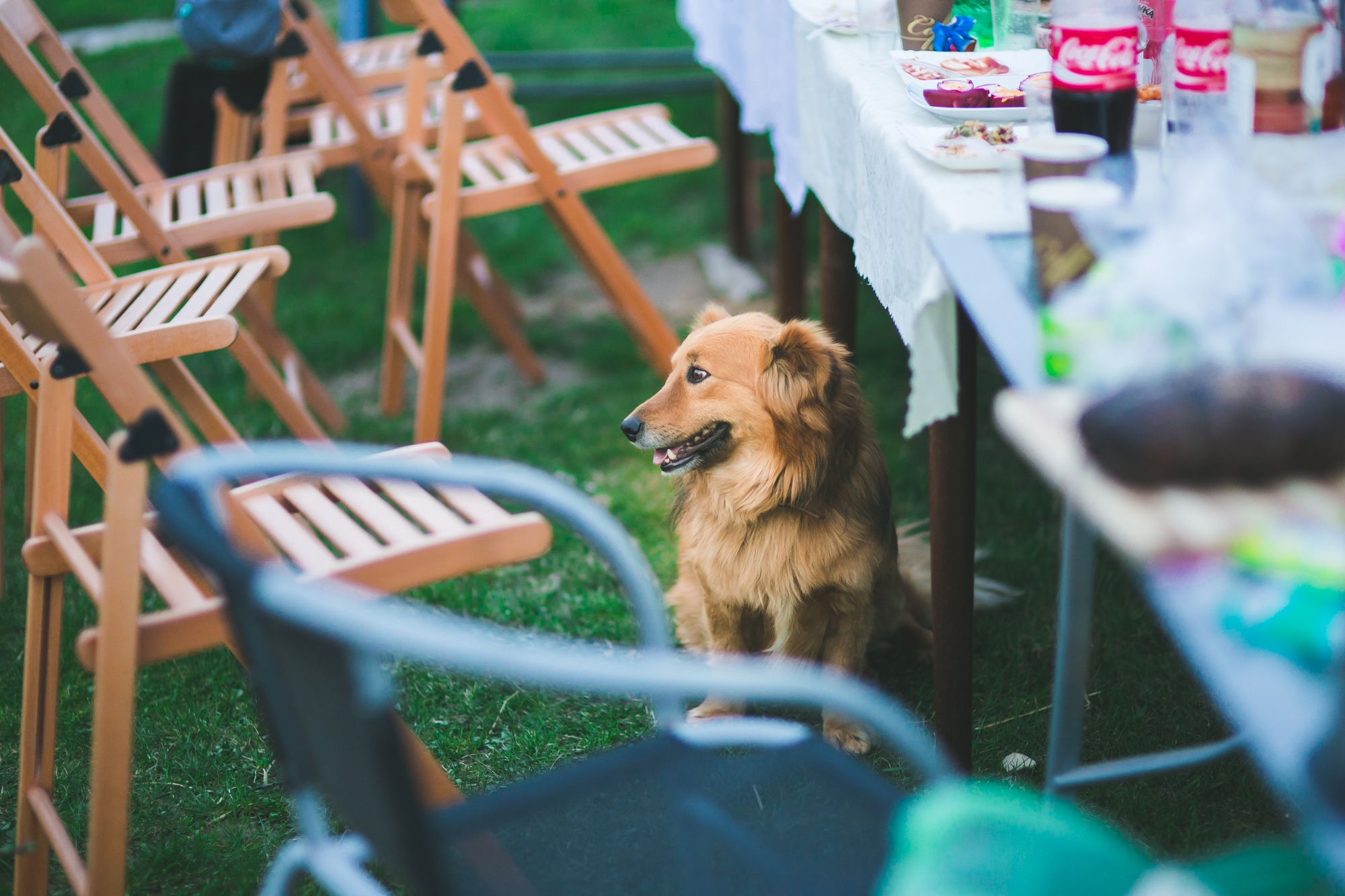Top 5 Common Dog Behavior Issues and How to Address Them
Dogs, like humans, may encounter behavioral problems that impact their daily lives and strain the bond they share with their families. Identifying these behavioral issues early and addressing them with proper training techniques can foster a stronger relationship and prevent destructive behaviors from worsening. Below are the five most common dog behavior issues and actionable steps to help your dog become well-adjusted and better behaved.
1. Excessive Barking
Barking is one of the ways dogs communicate, but it can become excessive and disruptive. Common triggers for barking include boredom, anxiety, excitement, or reactions to specific stimuli, such as doorbells or other animals.
How to Address It:
• Pinpoint the Trigger: Observe and determine what causes your dog’s barking, whether it’s environmental or emotional.
• Teach the “Quiet” Command: Consistently reward your dog when they stop barking on command to reinforce positive behavior.
• Provide Exercise and Mental Enrichment: Dogs often bark out of boredom. Regular physical activity, interactive toys, and puzzles can help curb excessive barking by keeping them mentally and physically stimulated.
2. Destructive Chewing
Chewing is a natural behavior for dogs that helps them explore their environment, relieve stress, and clean their teeth. However, without proper guidance, this instinct can lead to destructive behaviors, such as chewing on furniture, shoes, or personal belongings. Puppies tend to chew more during teething, while adult dogs may chew due to stress, boredom, or lack of training.
How to Address It:
• Offer Appropriate Chew Toys: Rotate high-quality chew toys to maintain your dog’s interest.
• Use Bitter Deterrent Sprays: Apply these sprays to furniture or other objects to discourage chewing.
• Redirect and Reward: Encourage your dog to chew on approved items by redirecting them and rewarding them with praise or treats when they comply.
3. Separation Anxiety
Many dogs experience separation anxiety when left alone, leading to excessive barking, destructive chewing, or even accidents indoors. This anxiety may stem from traumatic experiences, a change in routine, or a lack of independence training.
How to Address It:
• Gradual Desensitization: Gradually increase the time you leave your dog alone so they learn to feel safe and secure during your absence.
• Create a Safe Space: Set up a cozy area with your dog’s favorite toys, bedding, and calming items to reduce their stress.
• Use Calming Tools: Products like Thundershirts, calming sprays, or background noise can soothe anxious dogs.
4. Jumping on People
Jumping on people is common, especially in excitable puppies. While it may seem cute initially, it can become a problem with larger dogs or in professional settings. Dogs jump to seek attention or express excitement, but this behavior needs to be managed for safety.
How to Address It:
• Ignore the Behavior: Avoid rewarding jumping with attention. Turn your back and only interact with your dog when they are calm.
• Teach “Sit” as a Greeting: Encourage your dog to sit when greeting people. Reward calm behavior with treats or affection.
• Maintain Consistency: All family members and visitors should follow the same rules to prevent confusion during the training process.

5. Potty Training Issues
Potty training problems can be one of the most frustrating behavioral issues for pet owners. Dogs struggling with house training may eliminate indoors, which can result from inconsistent routines, stress, or a lack of clear guidance.
How to Address It:
• Set a Routine: Take your dog outside at consistent times each day, such as after meals, naps, or playtime. Routine reinforces good habits.
• Use Positive Reinforcement: Reward your dog with praise, treats, or affection when they eliminate outdoors.
• Supervise and Redirect: Watch your dog closely indoors to prevent accidents, and immediately take them outside if you notice signs they need to go.
Proactive Solutions for Behavioral Problems in Dogs
Addressing behavioral problems in dogs requires patience, consistency, and understanding. Dogs thrive when provided with structure and positive reinforcement. Regular training sessions tailored to their learning style can help correct problem behaviors. Whether you’re trying to potty train a puppy, stop a dog’s barking, or manage destructive behaviors, a clear and consistent approach is essential.
Additionally, using professional training resources or consulting a reputable dog trainer can accelerate progress. If your dog exhibits aggressive behavior, case studies and instructor-led training may provide insights into handling the issue safely.

Take Control of Your Dog’s Behavior Today
Now that you’re familiar with these common dog behavior issues, it’s time to take action. Don’t wait for problems to escalate—start implementing these proper training techniques to help your dog overcome challenges. Providing high-quality care and creating a stable routine will not only improve your dog’s behavior but also strengthen your bond as family members.
Need Help?
For additional guidance, explore our training resources or contact our customer service team for support. Whether your dog is barking excessively, struggling with potty training, or dealing with separation anxiety, we’re here to assist with personalized training processes and solutions. Together, we can help your dog become a happy, well-behaved companion.


No Comments ( as of 1/28/2025 11:54:34 PM )